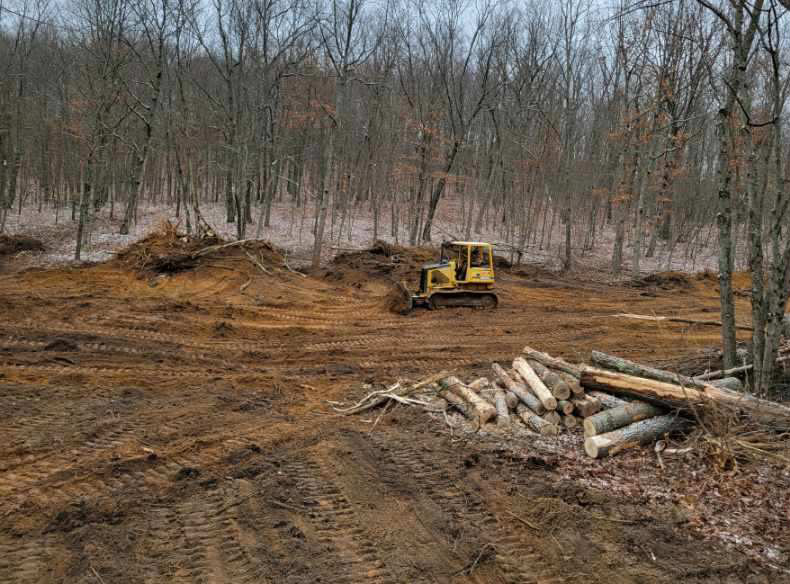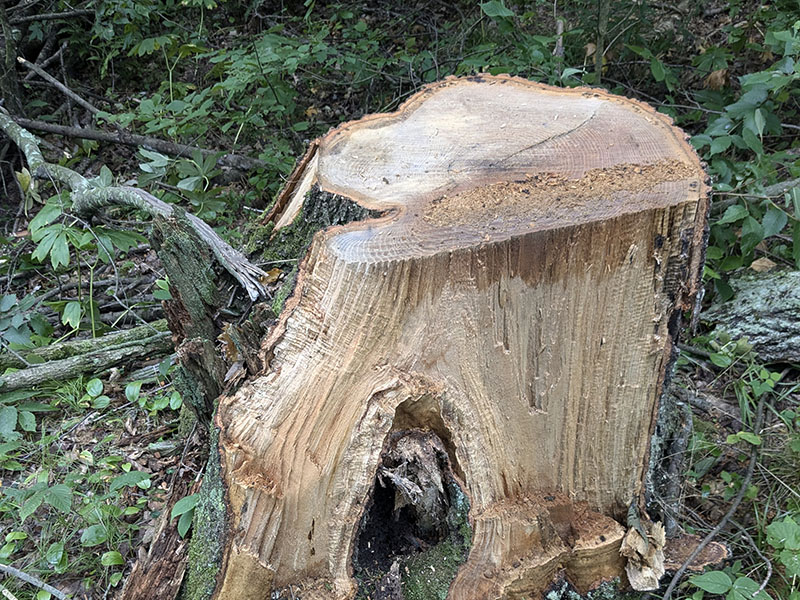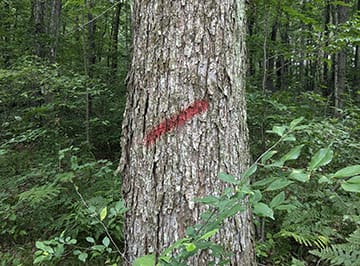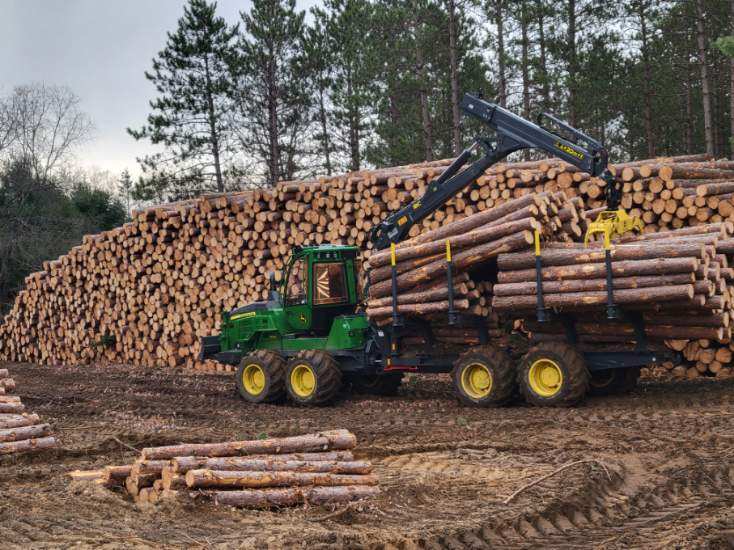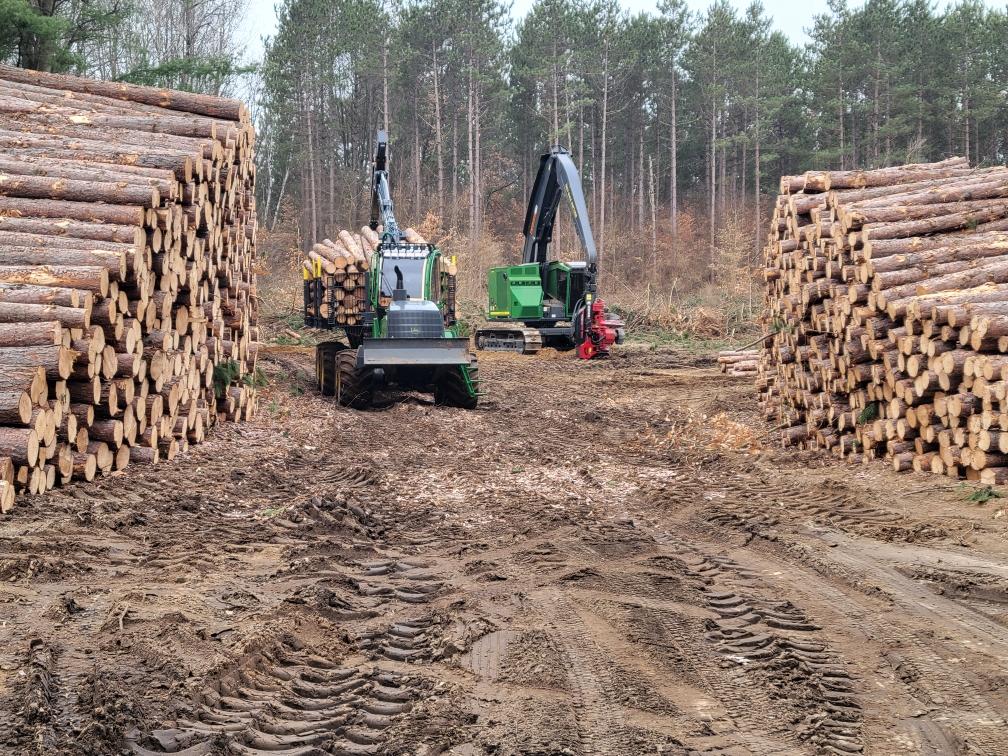FAQs
Frequently Asked Questions
Explore answers to common questions about the timber buying and harvesting processes.
Northern MI Forestry purchases a variety of timber types including hardwoods like oak, cherry, maple, and softwoods such as pine, spruce, cedar, and specialty woods like trembling aspen and big-toothed aspen. Find out more about our Timber Harvesting Services.
We conduct an on-site evaluation to estimate the value of your property’s timber. In the property evaluation we assess factors such as timber species, volume, quality, and market conditions to provide a fair and competitive offer. Every property is different as far a tree health, quantity, species and maturity, so contact us if you would like to see what your timber is worth.
After an initial contact with the property owner, we schedule an on-site property survey to assess the timber. Upon agreement, we provide a down payment and pay the remaining amount before harvesting begins, ensuring transparency and financial security.
We offer various methods including clear-cutting, thinning, and selective harvesting tailored to your forest management goals and environmental considerations. Learn more about these types of timber harvesting on our harvesting services page.
Responsible timber harvesting promotes forest health by reducing overcrowding, enhancing the natural ecosystem, and creating habitats for wildlife. It also improves tree growth and resilience against pests and diseases.
Our “in woods processing” leaves tops and limb debris to support wildlife and encourage new growth. We ensure minimal disruption to your property while maximizing the benefits of sustainable forest management.
Read our news post and view pictures for a step by step in woods processing project we completed in Morley MI.
In order to buy standing timber on a property, we require proof of ownership, such as property deed and identification, to verify legal ownership before finalizing the contract.
We typically harvest during optimal months for timber health and environmental conditions, such as August to March for pine. Specific timing can be discussed and agreed upon in the contract.
The duration varies depending on property size, forest density, and weather conditions. We provide estimates based on thorough property surveys to give you a clear timeline.
For example a forest thinning project in Morley, MI took 4 weeks to complete in the summer of 2024.
We prioritize transparency, sustainable forestry practices, and fair compensation. With our expertise and commitment to environmental stewardship, we ensure a positive experience and maximize the value of your property’s timber.
